Our vast and mysterious universe has captivated humanity for millennia. Gazing up at the night sky, we’ve pondered our place in the cosmos and sought to understand the celestial bodies that dot the inky canvas above. Planetariums—these modern-day observatories—offer us a window into the universe, transporting us beyond our earthly confines. From the breathtaking celestial displays to the mind-boggling scientific explanations, Best Planetariums have become hubs of astronomical wonder and education. Join us as we embark on a journey to explore some of the world’s most extraordinary planetariums, where science and spectacle converge to ignite our imaginations.
In today’s world, planetariums are gateways into the world of astronomy—domed space theaters where the viewer can clearly examine, down to the smallest detail, what makes up outer space. The spherical dome of an observatory guides us to the very principles that once formed the foundation of the very science “of the celestial spheres.” Apparently, this is why the inner walls of these domes often act as orreries (mechanical models of the solar system) and also serve as convex screens for showing large-format scientific films about our universe using special spherical projectors.
Also, read: Top 10 Most Advanced Hospitals in the World 2024
Cosmic Wonders: Top 10 Best Planetariums in the World
Prepare to embark on a cosmic voyage like no other, where the boundaries of Earth fade away and the mysteries of the universe unfold before your very eyes. These cosmic theatres combine cutting-edge technology, architectural marvels, and a deep passion for astronomy to offer visitors an opportunity to watch constellations, explore distant galaxies, and get lost in the wonders of the cosmos. Determining the “best” planetarium is subjective, as it depends on individual preferences and interests. However, based on popularity, technological advancements, and overall experience, here are ten renowned planetariums worldwide:
1. Hayden Planetarium, New York City, USA
- Location: New York City, USA
- Built in: 1935 (reopened in 2000)
- Entry fees: Included with admission to the American Museum of Natural History
- solar system created by: Adolf Zeiss
- Opened by: First Lady Eleanor Roosevelt
- Speciality: Immersive space shows, cutting-edge technology, and focus on astrophysics research
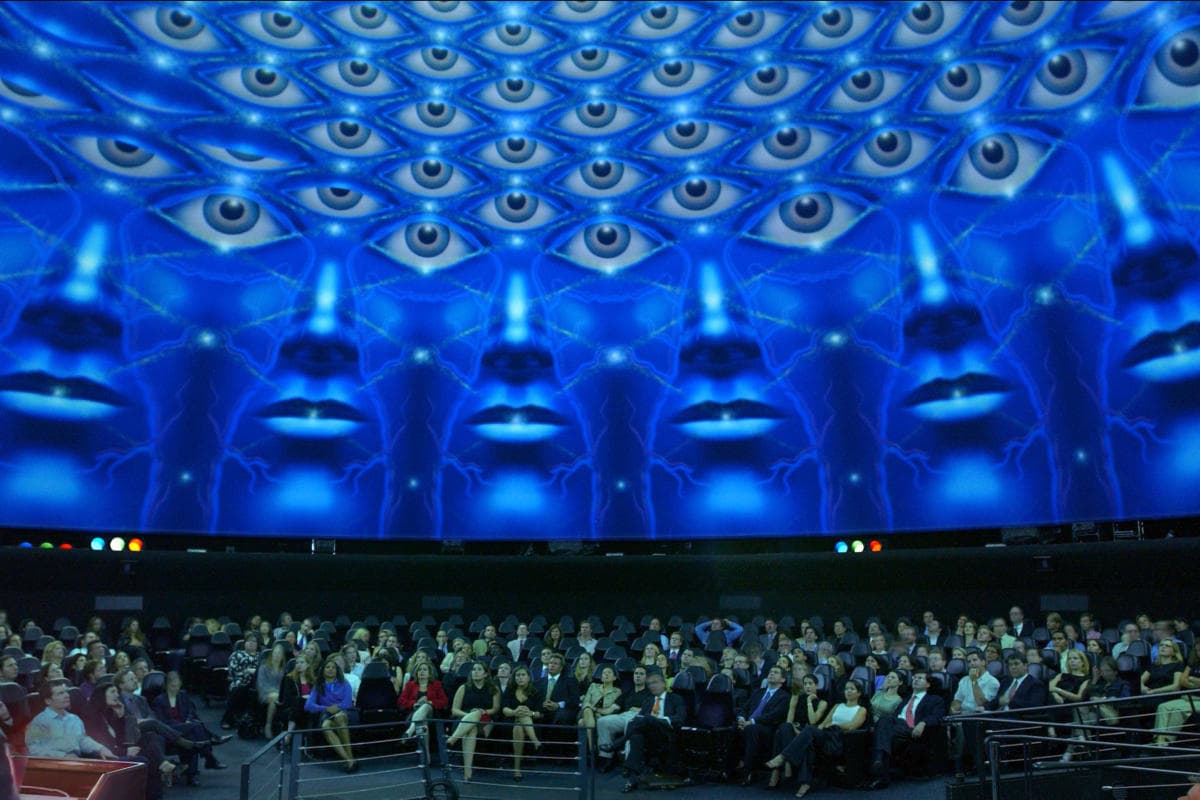
The Hayden Planetarium, a crown jewel of the American Museum of Natural History, is a cosmic odyssey within the heart of New York City. This iconic institution, renowned for its groundbreaking space shows and state-of-the-art technology, transports visitors to the farthest reaches of the universe. With its awe-inspiring visualizations and captivating narratives, the planetarium brings complex astronomical concepts to life, making them accessible to audiences of all ages. Beyond its entertainment value, the Hayden Planetarium is at the forefront of astrophysics research, contributing to our understanding of the cosmos while inspiring future generations of scientists and explorers.
Also, read: Top 10 Most Dangerous Mountains in the World
2. Adler Planetarium, Chicago, USA
- Location: Chicago, Illinois, USA
- Built in: 1930
- Entry fees: starting at $19 (₹1576 approx.)
- solar system created by: Armand Spitz
- Opened by: First Lady Lou Hoover
- Speciality: America’s first planetarium
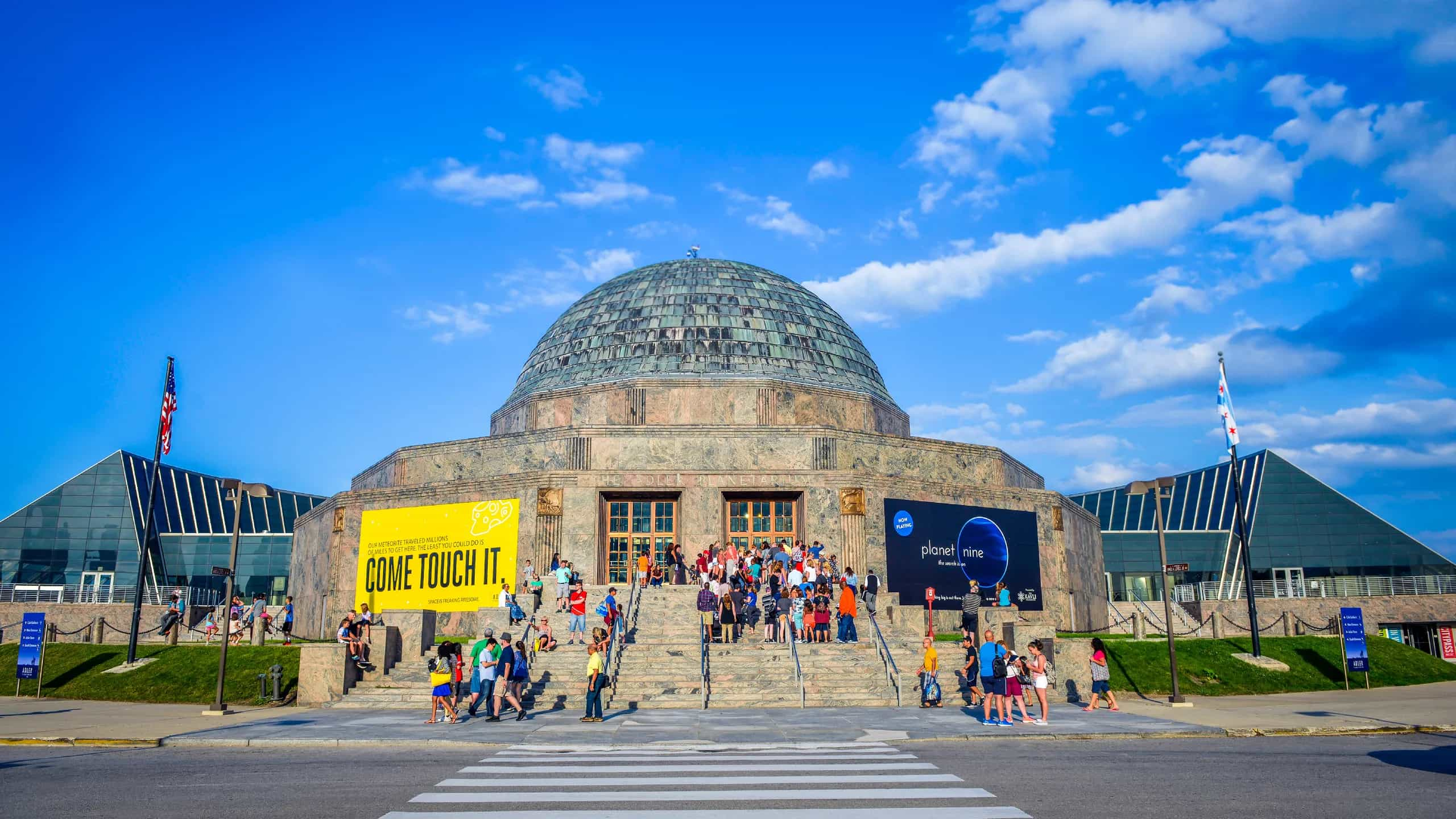
The Adler Planetarium, a crown jewel of Chicago’s skyline, stands as a testament to human curiosity about the cosmos. As America’s pioneering planetarium, it has been inspiring generations with its celestial wonders. From its inception, the Adler has been at the forefront of astronomical education, offering immersive shows that transport visitors through galaxies and time. The planetarium’s commitment to scientific exploration is evident in its interactive exhibits and research initiatives. Whether you’re a seasoned astronomer or a starry-eyed child, the Adler Planetarium promises an unforgettable journey through the universe.
Also, read: Top 10 Happiest Countries in the World 2024
3. Griffith Observatory and Planetarium, Los Angeles, USA
- Location: Griffith Park, Los Angeles, California, USA
- Built in: 1935
- Entry fees: Free (building and grounds); nominal fee for planetarium shows
- solar system created by: Carl Sagan (consultant)
- Opened by: Mayor Frank L. Shaw

Griffith Observatory, an iconic landmark perched on Mount Hollywood, is more than just a planetarium; it’s a portal to the cosmos. Its Art Deco architecture is as captivating as the celestial wonders it reveals. The Samuel Oschin Planetarium, with its state-of-the-art technology, transports visitors on breathtaking cosmic journeys. Beyond the planetarium, the observatory offers telescopes for public viewing, engaging exhibits, and stunning panoramic vistas of Los Angeles. A visit to Griffith Observatory is not just an astronomical experience but a cultural and historical pilgrimage.
Also, read: Top 10 Dog-friendly beaches in the USA
4. Nagoya City Science Museum, Japan
- Location: Sakae, Nagoya, Japan
- Built in: 1962
- Entry fees: starting at € 5.70 (₹415 approx.)
- Solar system created by: Not applicable (Focus is on a realistic starry sky.)
- Opened by: Not publicly available information
- Speciality: Largest planetarium dome in the world
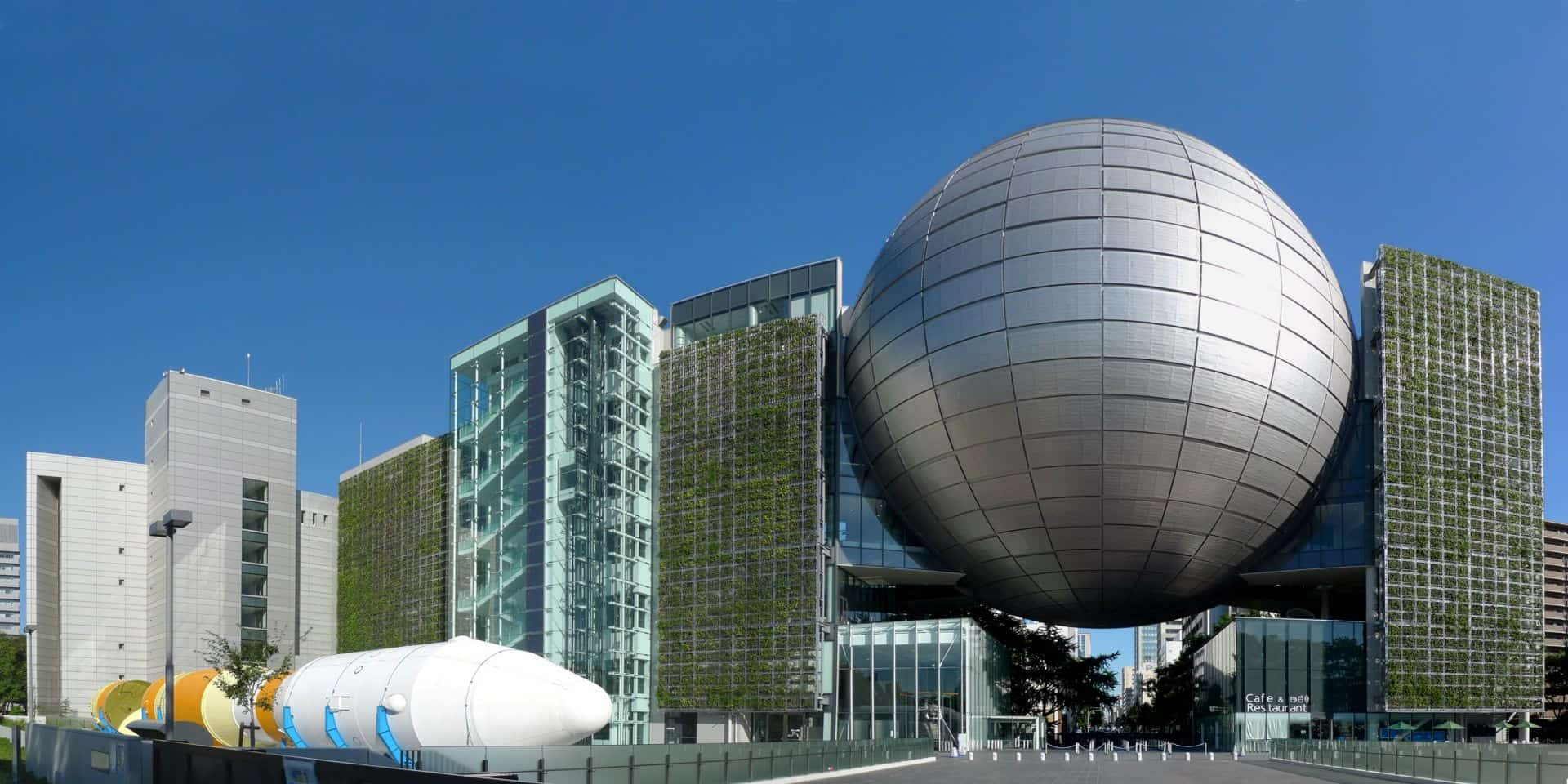
The Nagoya City Science Museum is a scientific haven that houses one of the world’s largest planetariums. Its iconic spherical exterior is a testament to the astronomical wonders within. Step inside, and you’re greeted by a mesmerizing celestial display projected onto a massive dome, transporting you to the depths of the cosmos. Beyond the planetarium, the museum boasts interactive exhibits covering technology, life sciences, and general science, making it a captivating destination for both young and old. With its emphasis on hands-on learning and exploration, the Nagoya City Science Museum is a must-visit for anyone with a thirst for knowledge about our universe.
Also, read: Top 10 Halloween Parades in the USA
5. L’Hemisferic, Valencia, Spain
- Location: City of Arts and Sciences, Valencia, Spain
- Built in: 1998
- Entry fees: starting at € 4.70 (₹419 approx.)
- Solar system created by: Not applicable to a planetarium
- Opened by: King Juan Carlos I of Spain
- Speciality: Immersive audiovisual shows, including planetarium projections, large-format cinema, and laser shows

L’Hemisferic is a captivating architectural marvel that stands as a centerpiece of Valencia’s City of Arts and Sciences. This unique building, resembling a giant eye, houses a state-of-the-art planetarium, an IMAX cinema, and a laser show venue. Visitors are greeted by a stunning water screen that serves as a dynamic backdrop for the immersive experiences offered within. The planetarium transports audiences on breathtaking journeys through the cosmos, exploring distant galaxies, planets, and celestial phenomena. Beyond astronomy, L’Hemisferic also presents captivating large-format films and mesmerizing laser shows, making it a must-visit destination for both science enthusiasts and entertainment seekers.
Also, read: Top 10 Best Museums Worldwide in 2024
6. Galileo Galilei Planetarium, Buenos Aires, Argentina
- Built in: 1962
- Entry fees: $600 (₹49,793 approx.)
- solar system created by: Zeiss
- Opened by: Officially opened to the public on April 5, 1968
- Speciality: Iconic UFO-like architecture, large-scale Zeiss projector, focus on Southern Hemisphere astronomy

The Galileo Galilei Planetarium, often simply referred to as Planetario, is a captivating celestial oasis nestled within Buenos Aires’ sprawling Parque Tres de Febrero. This iconic structure, resembling a futuristic spacecraft, houses a 20-meter diameter dome that transports visitors into the heart of the cosmos. Its centerpiece is a massive Zeiss projector, capable of simulating the night sky with astonishing accuracy. With over 100 projectors, it brings to life the dance of planets, the brilliance of stars, and the ethereal beauty of nebulae. Beyond the main projection room, the planetarium offers interactive exhibits, a meteorite collection, and temporary displays, making it an educational and entertaining destination for astronomy enthusiasts of all ages.
Also, read: Top 10 Best American Museums in 2024
7. Indira Gandhi Planetarium, New Delhi, India
- Location: Teen Murti Bhavan, New Delhi
- Built in: 1984
- Entry fees: Nominal (Rs 30)
- Solar system created by: Not applicable (planetarium displays a simulated sky)
- Opened by: Indira Gandhi

The Indira Gandhi Planetarium, a majestic dome nestled within the serene environs of Teen Murti Bhavan, is a captivating portal to the cosmos. This astronomical marvel, inaugurated by the eponymous former Prime Minister, has been enthralling visitors of all ages for decades. With its state-of-the-art projection systems, the planetarium transports audiences on an awe-inspiring journey through the universe, showcasing celestial bodies, constellations, and astronomical phenomena with remarkable clarity. Beyond the mesmerizing shows, the planetarium also offers interactive exhibits, workshops, and educational programs, making it a hub for astronomy enthusiasts and curious minds alike.
Also, read: Top 10 Unforgettable USA Ecotourism Destinations in 2024
8. Albert Einstein Planetarium, Washington, D.C., USA
- Location: National Air and Space Museum, Washington, D.C., USA
- Built in: 1976
- Entry fees: Included with free museum admission are separate fees for planetarium shows
- solar system created by: Zeiss
- Opened by: Vice President Walter Mondale
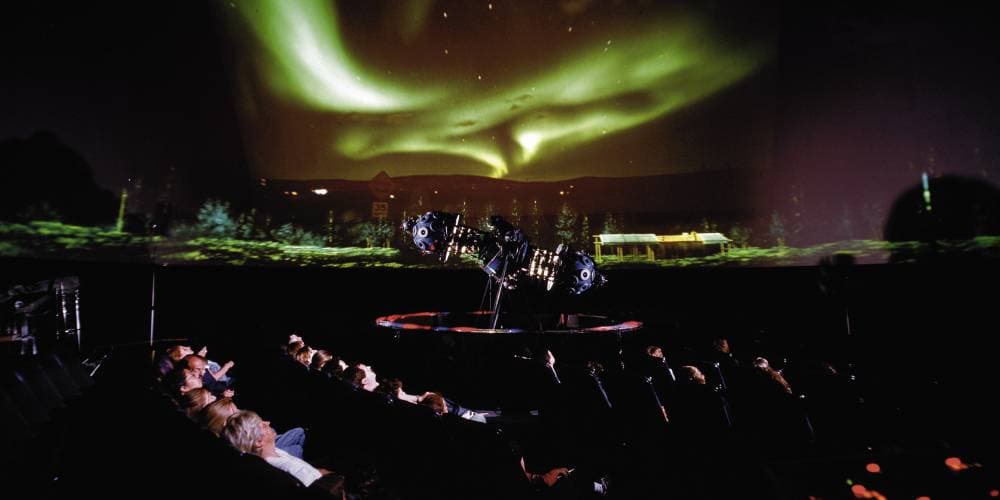
The Albert Einstein Planetarium, a crown jewel of the National Air and Space Museum, offers visitors an awe-inspiring journey through the cosmos. Immerse yourself in the wonders of the universe as state-of-the-art technology brings celestial bodies to life. From exploring distant galaxies to understanding our own solar system, the planetarium caters to both young and old alike. With captivating shows and interactive exhibits, it ignites curiosity and inspires a deeper appreciation for the vast expanse beyond our planet.
Also, read: Top 10 US Cities with the Best Public Transportation Systems
9. Morrison Planetarium, San Francisco, USA
- Location: Golden Gate Park, San Francisco, California
- Built in: 1952 (renovated in 2008)
- Entry fees: Included with California Academy of Sciences admission (approx. $45 USD, ₹3,500 INR)
- solar system created by: James Turrell
- Opened by: Phil Tippett
- Speciality: Digital projection, immersive experiences, and integration with natural history
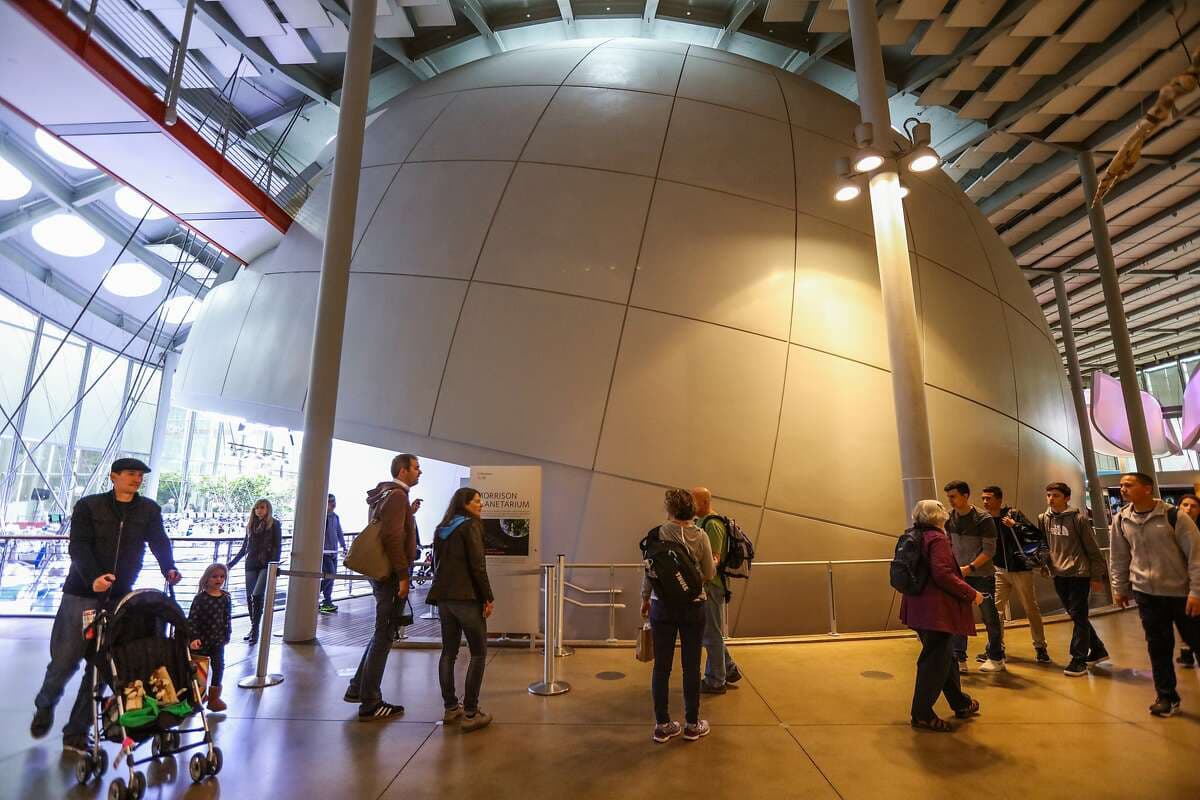
Nestled within the iconic California Academy of Sciences, the Morrison Planetarium offers a captivating blend of astronomy and natural history. Its state-of-the-art digital projection system transports visitors on breathtaking cosmic journeys, from the depths of our solar system to the far reaches of the universe. The planetarium’s unique selling point lies in its seamless integration with the surrounding museum, allowing guests to explore the interconnectedness of life on Earth and the cosmos. Beyond its awe-inspiring shows, the Morrison Planetarium also hosts interactive exhibits and educational programs, making it a must-visit destination for astronomy enthusiasts and curious minds alike.
Also, read: Top 10 US Weekend Getaways Perfect for a Relaxing Escape IN 2024
10. Zeiss Planetarium, Berlin, Germany
- Location: Prenzlauer Berg district, Berlin, Germany
- Built in: 1987
- Entry fees: Approximately $15–25 USD (1200–2000 INR)
- solar system created by: Carl Zeiss Jena
- Opened by: Eberhard Hauffe
- Speciality: Historical significance, Zeiss projector
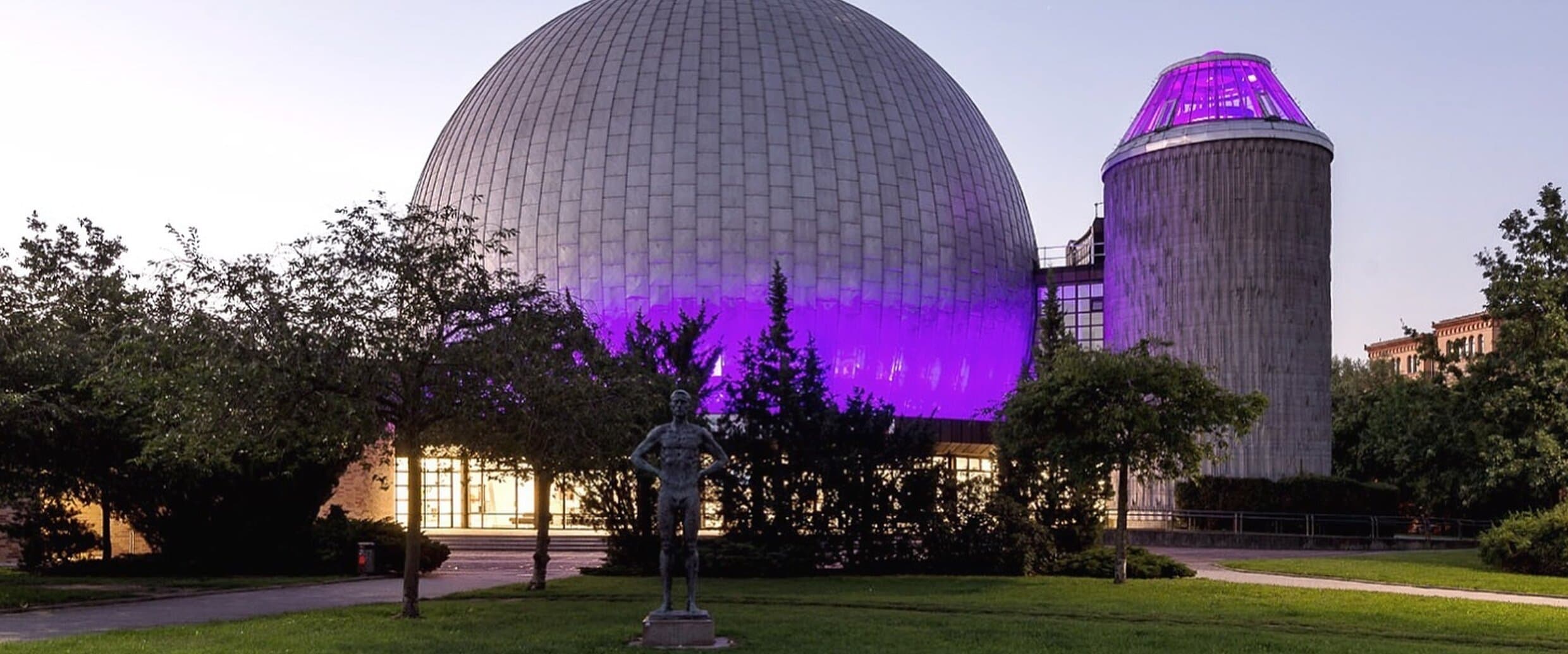
Step into a celestial realm at the Zeiss Planetarium Berlin, a marvel of engineering and astronomy. This iconic institution, nestled in the heart of the city, boasts a rich history dating back to 1987. Crafted by the renowned Carl Zeiss Jena, the planetarium’s centerpiece is a state-of-the-art projector that transports visitors through the cosmos with unparalleled precision. Immerse yourself in breathtaking simulations of starry nights, solar eclipses, and distant galaxies. Beyond its astronomical wonders, the Zeiss Planetarium offers a captivating blend of science and art, making it a must-visit destination for both astronomy enthusiasts and casual stargazers alike.
Also, read: Top 10 US Cities with Exciting Nightlife and Entertainment
FAQs: Best Planetariums in the World
Q. What makes a planetary system great?
A great planetarium combines advanced technology, engaging shows, educational content, and immersive experiences.
Q. Are planetariums only for kids?
No, planetariums offer something for everyone, from children to adults.
Q. How much does it typically cost to visit a planetarium?
Prices vary, but many planetariums offer affordable ticket options.
Q. Which is the largest planetarium in the world?
Nagoya City Science Museum in Japan boasts one of the largest planetarium domes.
Also, read: Top 10 Underrated US National Parks to Explore in 2024
Q. Is there a planetarium that focuses on space exploration?
Yes, the Albert Einstein Planetarium in Washington, D.C., is dedicated to space exploration.
Q. Which planetarium offers the most immersive experience?
L’Hemisfèric in Valencia, Spain, with its water screen, provides a unique immersive experience.
Conclusion: The Final Words
Selecting the absolute best planetariums from the countless celestial wonders across the globe is akin to choosing a favorite star in the vast cosmos. Each of these top 10 best planetariums offers a unique portal into the universe, captivating audiences with breathtaking visuals, enlightening educational programs, and immersive experiences. Whether you’re an astronomy enthusiast, a curious mind, or simply seeking a memorable outing, these celestial sanctuaries promise to leave an enduring impression. From the iconic domes of the United States to the cutting-edge technology of Asia and Europe, these Best Planetariums stand as testaments to human curiosity and our eternal fascination with the cosmos. As you embark on your celestial journey, remember that the true magic lies not just in the grandeur of these structures but in the wonder they ignite within us all.
Also, read: Top 10 Cheapest Countries to Live and Visit in 2024


































